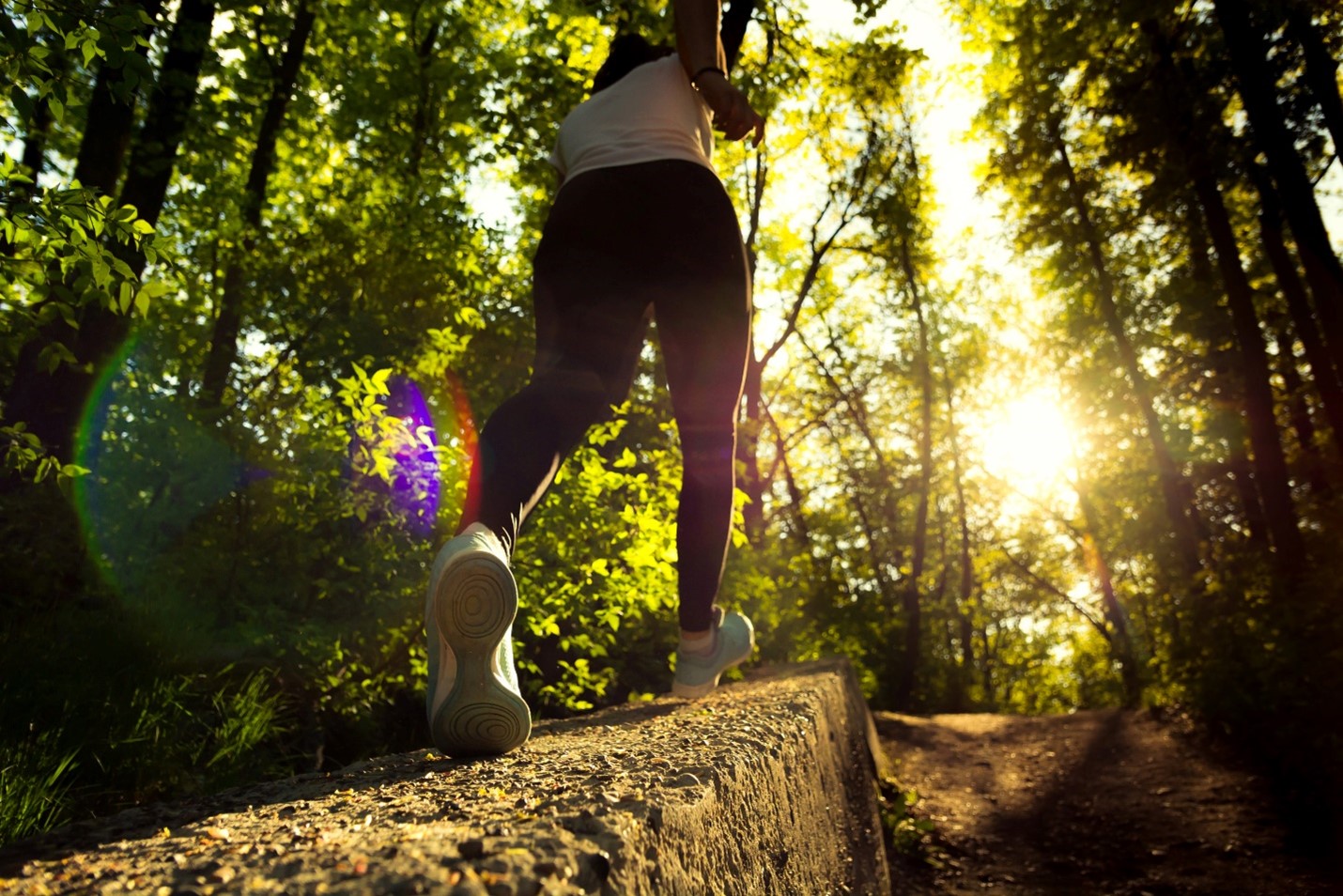Choosing to exercise outdoors has some really great benefits. When air quality is good, being in nature and deeply breathing in the crisp, clean air can be the ultimate recharge for both our health and well-being. For those currently living with health issues, or those at heightened risk of developing them, knowing the air quality of where you’re choosing to exercise outdoors is an important part of supporting good health for many years to come.

The health benefits of exercising are usually going to outweigh any of the dangers of exercising outdoors when there is poor air quality for most people. But there are some situations that call for more precautions to be taken, and some air quality issues that are more serious and dangerous than others. Once you learn a little more about the facts, it should be easier to determine whether exercising outdoors is a risk worth taking.
What Type of Air Pollutants Contribute to Poor Air Quality?
Urban areas are likely to have higher levels of air pollution, but did you know that even areas of agriculture can contribute to poor air quality? Some of the more common sources of air pollution are cars, pollen, dirt and dust, smoke from wood or forest burning, construction debris, agriculture (including animal waste) and power plants. Any combination of these things can affect people differently, and you will have to weigh the benefits of exercise to the risks of doing it in poor air quality to determine what makes the best sense for you.
What Time of Day is the Worst for Exercising in Poor Air Quality?
Subpar air quality tends to peak from around midday to late afternoon. Factors like humidity levels and temperature also play a part in air quality. If you’re in a more urban area, rush hour can also be a pretty bad time to exercise outdoors. The exhaust from all of the vehicles can make a bad situation even worse. In fact, according to the Mayo Clinic, air quality is poorest within a quarter mile of any road at any time of day. So choosing the right area and right time of day to conduct your exercise outdoors is incredibly important, particularly if you are living with any type of health issues already.
What Are Some of the Health Problems that Increase Risks from Exercising In Poor Air Quality?
People living with asthma, diabetes and any type of heart and/or lung conditions need to take extra precaution when considering exercising outdoors. Because you tend to breathe so deeply while exercising, particles from the air will lodge even deeper in your lungs than usual. This can result in headaches, irritation of the eyes, nose and throat, and the progression or even development of asthma. Some reports also claim that winter months may be the worst for air quality, as more of these pollutant particles become trapped in the lower atmosphere. It is always a good idea to check your local air quality index, as well as your doctor, before starting any outdoor exercise regimen.
 US Dollars
US Dollars
